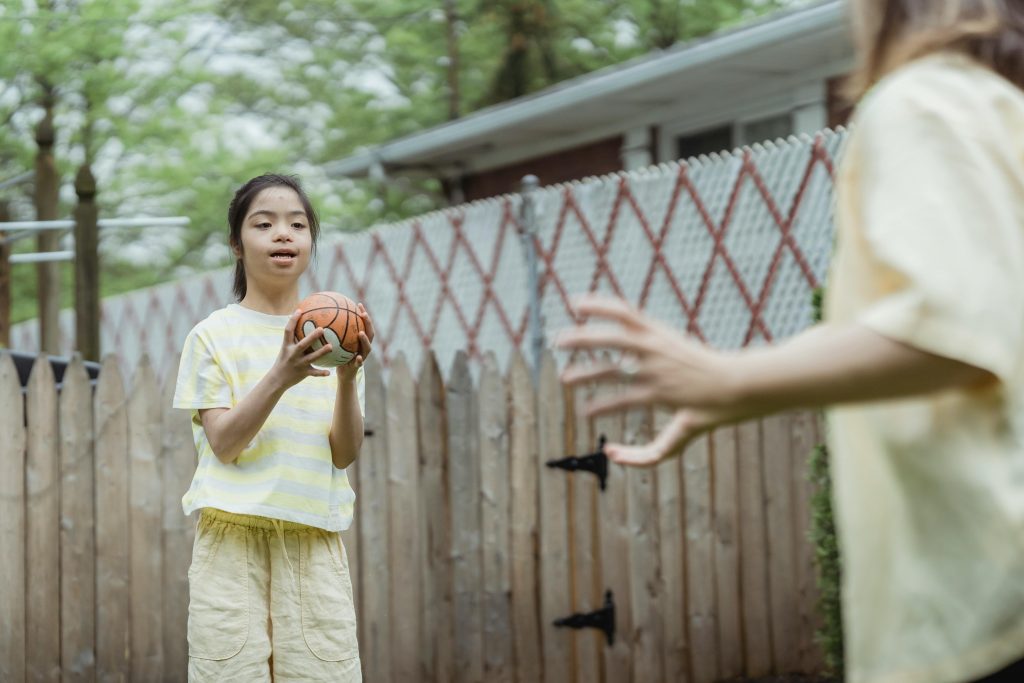
Exercise is certainly important and potentially a transformative experience for anyone, but for people with learning disabilities, the benefits are arguably even more pronounced. When some people think about disabilities and physical activity, they might specifically picture those with physical impairments.
And yes, for people with physical disabilities, regular exercise can improve mobility and reduce the pain related to their disability. It also keeps the body strong, helps with balance, and can prevent long-term health issues like heart disease or diabetes.
But more than that, exercise can result in major improvements to one’s mental state, which include its overall health and capability. That upside particularly matters for people with learning disabilities, and here’s why:
Why It Matters
People with learning disabilities often face extra challenges that make it harder to stay active. These can include:
- Low confidence or social anxiety
- Lack of access to inclusive exercise programs
- Communication barriers with trainers or peers
- Limited understanding of why exercise is important
- Strong inclinations toward a fixed routine that doesn’t already include exercise
That said, all these challenges are exactly why supporting an exercise routine for them is so important. With regular physical activity, people with learning disabilities will very likely gain the following benefits:
- Improved mood – More exercise means more feel-good chemicals like endorphins being released, which directly combats anxiety, depression and other negative mental states.
- Better sleep – Multiple bodies of research show that regular exercise not only helps you fall asleep faster, it also promotes deeper, more restful sleep. And with better sleep comes better emotional regulation.
- Increased focus and attention – Many learning disabilities are linked to being very easily distracted. Exercises that involve coordination and movement can address this by improving overall concentration.
- Greater independence – One of the arguably underappreciated benefits of regular exercise is that it instills discipline and the development of positive habits, which can help people with learning disabilities to avoid overreliance on their caregivers.
How to Encourage Exercise in a Supportive Way
You don’t need to be a fitness coach to guide the physical activity of someone with a learning disability. What matters most is creating an environment that feels safe, productive, manageable and non-judgmental. Here are some practical ways to make that happen:
1. Focus On Individual Activity First
While group exercise should definitely be encouraged eventually, it’s recommended to start with a more tailored exercise that doesn’t involve too many people. This could mean a physical activity revolving around just you and the person you’re caring for, or it could involve a personal trainer.
Individuals with learning disabilities often struggle with social anxiety, so immediately opting for group exercise might truly discourage them from continuing. A personalised exercise environment will likely be more conducive for building the strength, confidence and skills required to feel more comfortable in a group setting.
2. Keep It Fun
Exercise doesn’t have to mean constant use of treadmills and weights. To prompt regular physical movement in a way that doesn’t feel tedious to a person with learning disabilities, think outside the box:
- Trampolines
- Skateboard parks
- Swimming or aqua aerobics
- Games like tag, frisbee, or balloon volleyball
- Gardening, which is surprisingly physical and very therapeutic
3. Simplify The Routine
Overly complex exercise regimes aren’t necessary; in fact, one could argue that it should be discouraged within this context. When supporting people with learning disabilities through exercise, make it a habit to break down exercise routines into small, easily digestible steps so they can effectively follow through. Plus points if you can demonstrate the process itself.
If you’re wondering how to guide an exercise even better, strongly consider:
- Using visuals or pictures, such as via your smartphone
- Being patient and repeating key points and exercise instructions as needed
- Letting them set the pace of the exercise routine
4. Use Technology (Smartly)
Don’t underestimate how much the right apps and videos can instill the habit for exercise. While some apps and videos are specifically catered to people with learning disabilities, those specialised tools aren’t strictly necessary.
Focus instead on using apps and videos that either help simplify exercise or make them feel more fun. For example, you could encourage an individual with a learning disability to:
- Follow YouTube videos that offer beginner-level training routines
- Use pedometers or activity trackers for visual motivation
- Try gamified fitness apps like Pokémon GO or fitness-based dance games
Whether you’re a parent, carer, teacher, or friend, don’t underestimate the impact of a little encouragement and a lot of patience. Exercise doesn’t have to be perfect. It just has to get started.
References
Nursing Times (2018) Encouraging physical activity in people with learning disabilities [Accessed 7 June 2025] Available at: https://www.nursingtimes.net/learning-disabilities/encouraging-physical-activity-in-people-with-learning-disabilities-16-07-2018/
Rex Fan (2022) Learning disability and exercise — overcoming barriers [Accessed 7 June 2025] Available at: https://www.bupa.co.uk/newsroom/ourviews/learning-disability-exercise
Special Olympics North Carolina (2023) 4 Benefits of Physical Activity for People with Intellectual Disabilities [Accessed 7 June 2025] Available at: https://sonc.net/benefits-of-physical-activity-for-intellectual-disability/